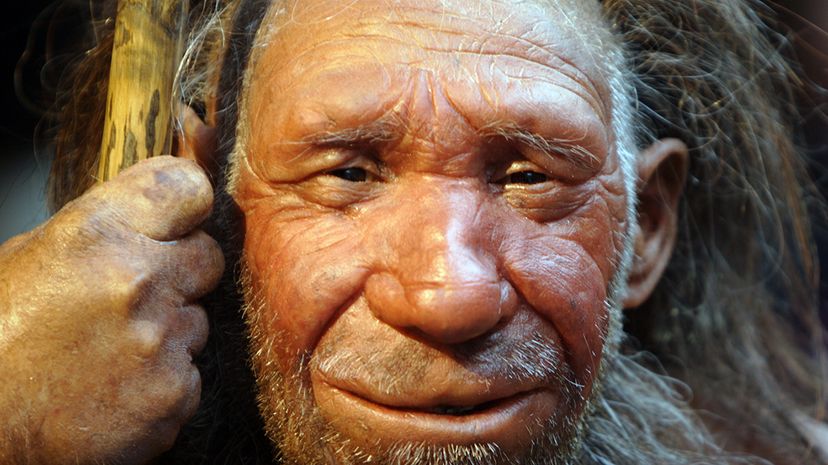Neanderthal vs Homo Sapiens: How Are Neanderthals Different From Humans?
If you met a Neanderthal, the first thing you might notice is that your hominin cousin was a bit shorter than your average human.
Neanderthal Traits
Neanderthals were both shorter and thicker than we are, so while you might beat them on the basketball court, they could probably out-arm-wrestle you. The next thing you’d probably notice is a broad and flaring nose with large nostrils. Some scientists have hypothesized this was an adaptation that allowed them to breathe cold air more easily and adapt to frigid European climates. Neanderthals also had protruding brows and weak chins, though their jaws seemed to be more developed than ours.
Neanderthal vs Homo Sapiens
Something you might not notice, though it is a significant difference between us and Neanderthals, is the volume of their skull. Their brains were likely larger than ours , though it’s not known how that affected their cognition.
Beyond physical differences, it’s difficult to say how Neanderthals differed from modern humans. The clues we do have come from their genome, which was sequenced fully in 2010. The ancient hominins shared about 99.7 percent of their genetic material with us — meaning they were mostly human in this regard. How the rest differed is largely unclear, though we do have some ideas.
Did Neanderthals and Homo Sapiens Interbreed?
Neanderthals and humans interbred multiple times, and we’ve got some Neanderthal DNA in our genomes. Scientists have tracked what some of those genes do, and it offers a broad glimpse at some Neanderthal traits. For example, genes from Neanderthals relate to how our immune systems fight off pathogens, how our bodies use keratin and our sense of smell.
Related Post
The entire tomb is filled with signs and symbols that mention Queen Nefertiti and after some time passed and linguistic experts managed to decipher the stories told here, the team was baffled.
The mystery of the Solar Temple of Abu Gurab and its “Star Gate” comes to light
Thuya, the mother of Queen Tiye, left a monumental legacy by becoming the grandmother of Akhenaten and Tutankhamun.
The oldest traditions lead us to believe that blacks were the first inhabitants of Mexico.
The REAL face of King Tut: The pharaoh had feminine hips, clubfoot, and protruding teeth according to the ‘virtual autopsy,’ which also revealed that his parents were brother and sister.
The “oldest gold of humanity” was found in the Varna necropolis, on the Bulgarian Black Sea coast


